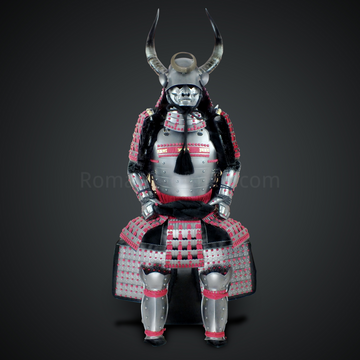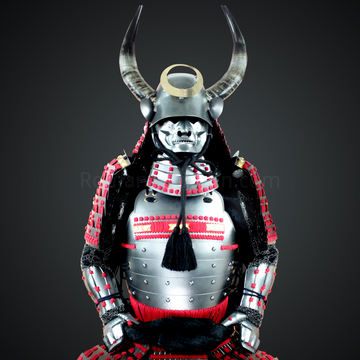Nagamei in Japanese Katana terminology
What is Nagamei in Japanese Katana terminology?

"Nagamei" (長銘) refers to a type of inscription on a sword that includes not only the swordsmith's name but also their place of residence. Examples include ""Bizen no Kuni Osafune Juunin Nagamitsu Tsukuru"" (備前国長船住人長光造) and ""Sagami no Kuni Juunin Hirokuni"" (相模国住人広光), which include the swordsmith's birthplace and residence. Generally, during the Heian period and the early Kamakura period, two-character inscriptions consisting only of the name were common. However, from the middle of the Kamakura period onwards, and especially during the Shinto and Shinshinto periods, Nagamei became more common.
This practice reflects the evolving conventions and circumstances of sword making over different periods. The inclusion of the swordsmith's place of residence in the inscription provides additional context and information about the sword. The shift from two-character inscriptions to Nagamei over time underscores the increasing complexity and detail in sword inscriptions. This trend is particularly evident during the Shinto and Shinshinto periods, reflecting the changing needs and preferences of the samurai class during these periods."







